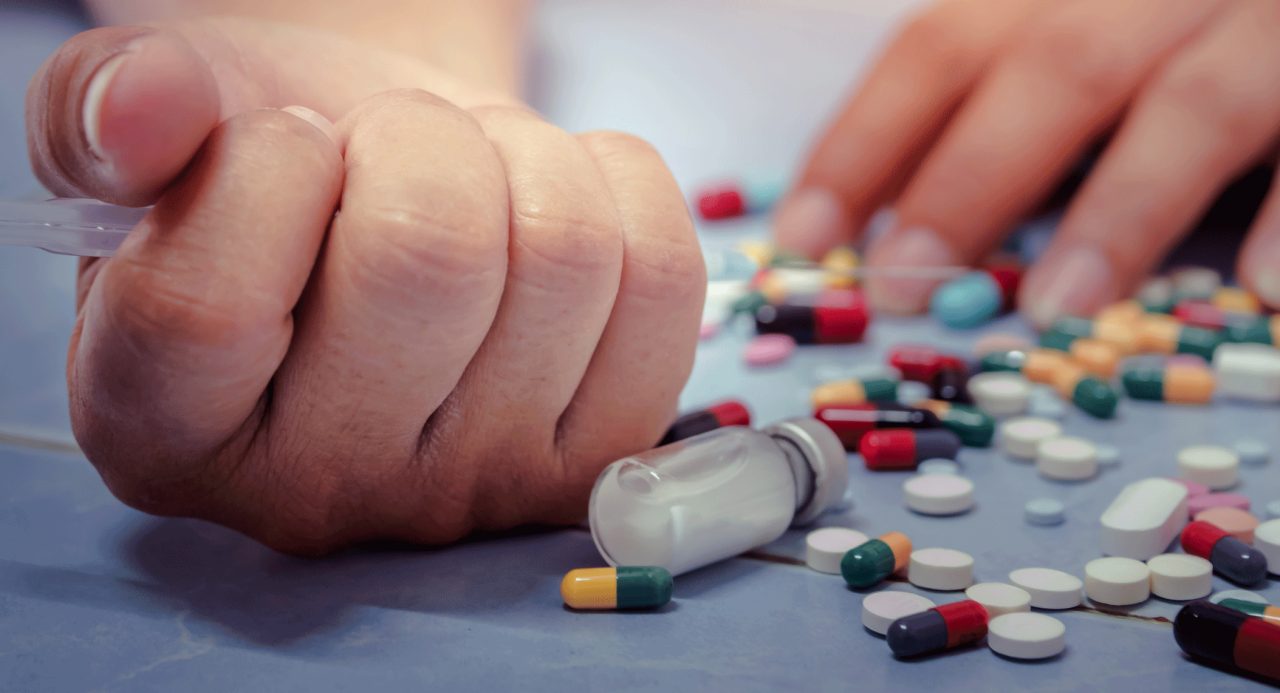How to End the Opioid Crisis — Page 2

Make medication for opioid withdrawal more available
Current treatments include the medications methadone or buprenorphine.
Methadone may be the drug of choice to manage opioid withdrawal. In the United States, however, most patients need to go to special clinics to get methadone.
That’s a big problem. Only about 2,000 clinics in the country are treating some 300,000 patients, a fraction of the estimated more than 2 million people with opioid use disorder. (You can find near you here.) One study reported that Medicaid recipients in West Virginia had to drive an hour roundtrip every day to reach a clinic.
Federal legislators are trying to pass bills in both chambers of Congress to make them more accessible.
Some doctors can prescribe buprenorphine outside of a clinic. They can also prescribe another type of that drug that is combined with naloxone to form Suboxone or Zubsolv.
Success varies. People are more likely to continue with methadone treatment, according to research.
Buprenorphine is also not as available as it could be. For example, only one in eight residential addiction centers caring for teens under 18 offer it for ongoing treatment, researchers found.
Make medication to reverse overdoses more available
Naloxone (Narcan, Zimhi), which treats overdoses, is available at pharmacies or online without a prescription. Family and friends of someone with an opioid use disorder can keep it on hand.
States and cities are exploring ways to put the lifesaving treatment in more hands. One example is Project DAWN (Deaths Avoided With Naloxone) in Ohio, which distributes the medication for free through nearly 170 programs. Philadelphia, New York, and other cities are installing vending machines that stock free Narcan at public locations.
As many as 40 percent of overdoses have occurred while other people were present. Making Narcan available to friends and family members could make a big difference.
Cover medication costs
All state Medicaid programs must cover approved drugs and treatments to help people recover from opioid addiction, including methadone, buprenorphine, naltrexone, and naloxone. That doesn’t mean it’ll be easy for you. You may have to be smart and persistent.
The original Medicare program also covers methadone and other treatments, without a copay if you get your care from an authorized healthcare provider. Check the rules if you have chosen Medicare Advantage insurance.
Many states require private insurers to cover opioid treatment medications. You may need prior authorization, however, forcing your doctor to take an extra step to get you a prescription. Some states are passing laws forbidding private insurers from making certain requirements.
Provide services
Many people with an opioid use disorder need other kinds of medical care. They may have an untreated mental health problem or be vulnerable to HIV and viral hepatitis (both passed on via shared needle use) as well as sexually transmitted diseases. Linking patients to a network of services and helping them build trust may motivate them to seek addiction care.
In the broader picture, many addicts may need job counselling and social connection services.
<< Previous Next: Reach People at Risk >>
Updated:
August 22, 2023
Reviewed By:
Christopher Nystuen, MD, MBA and Janet O'Dell, RN